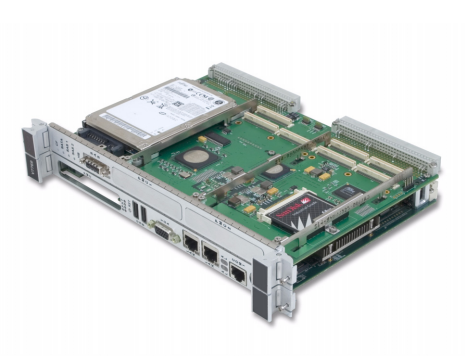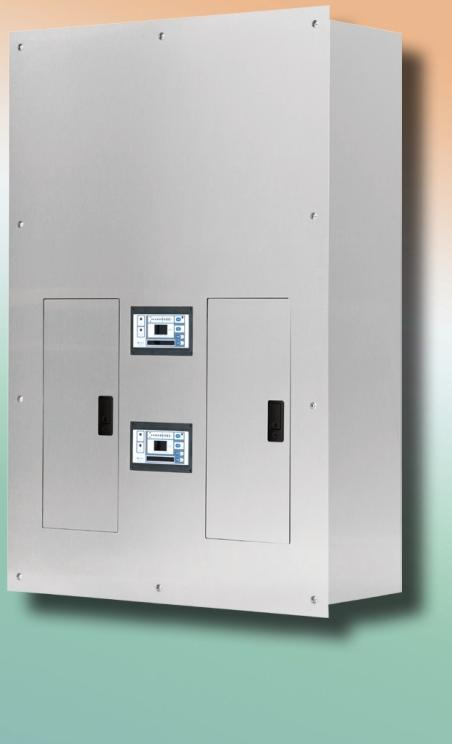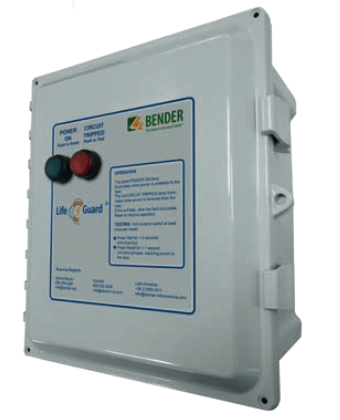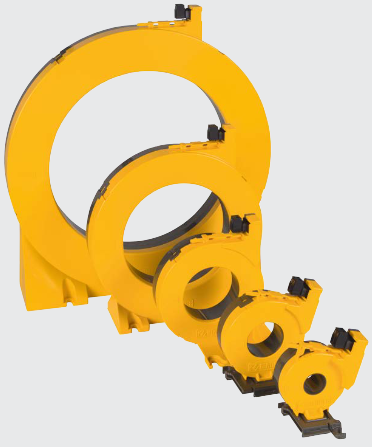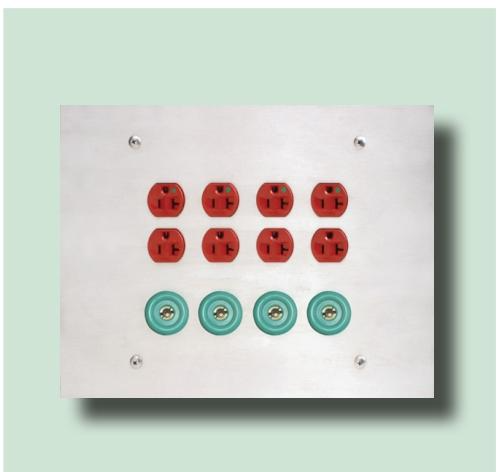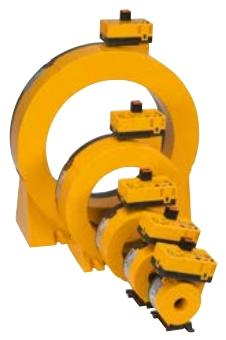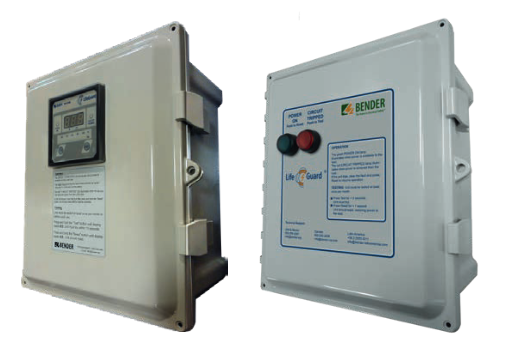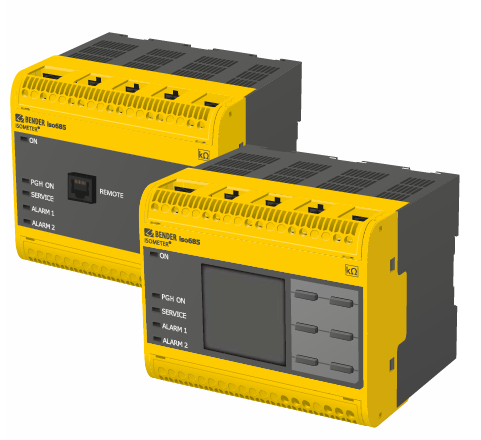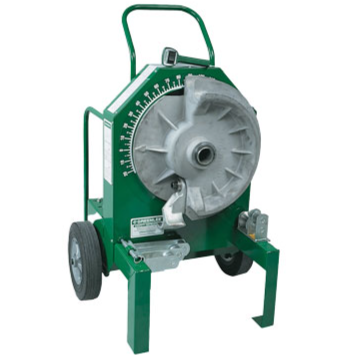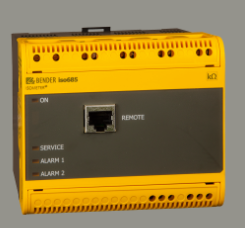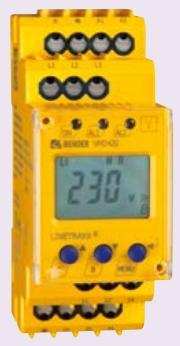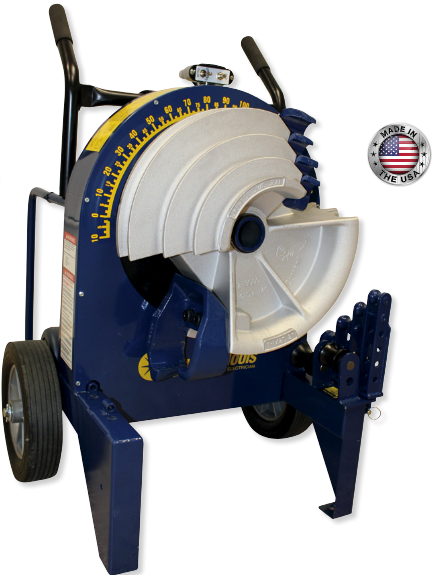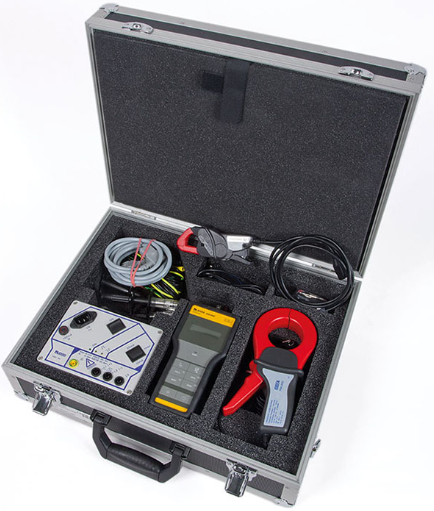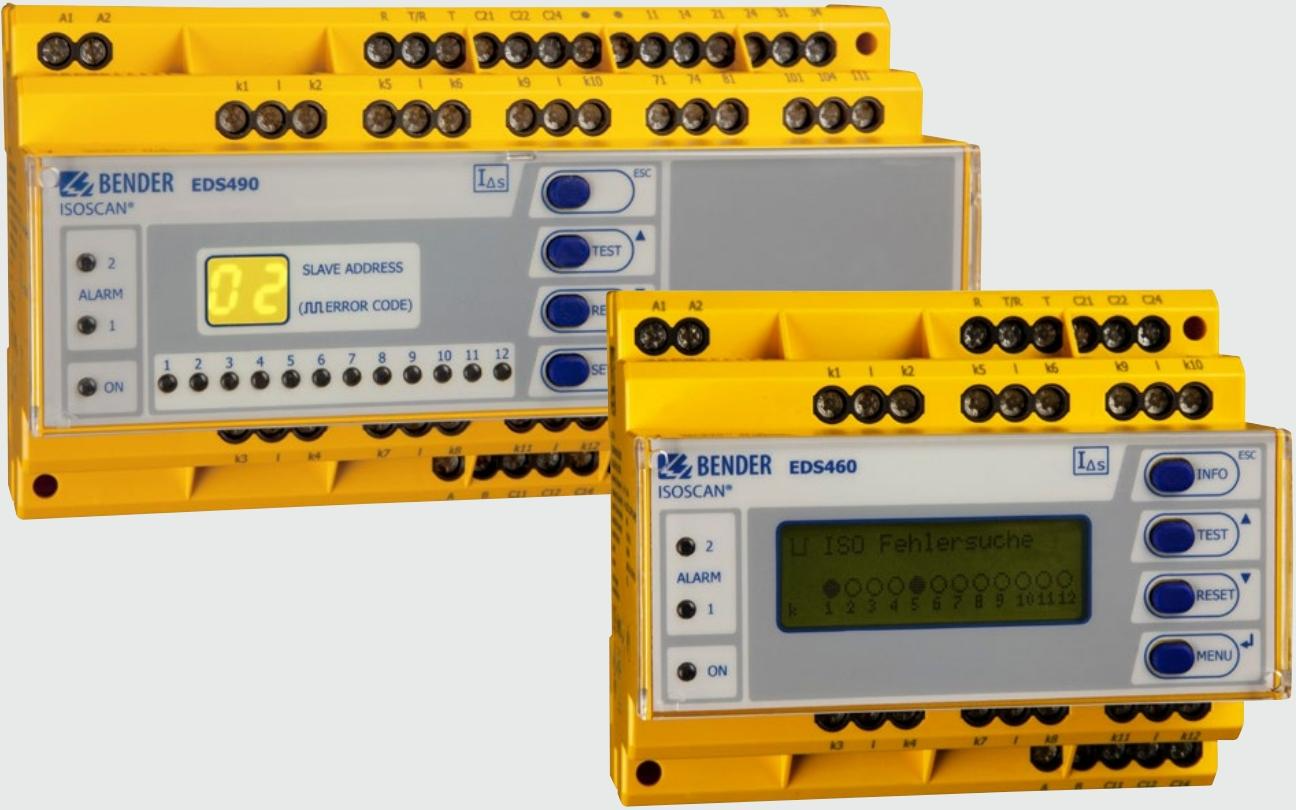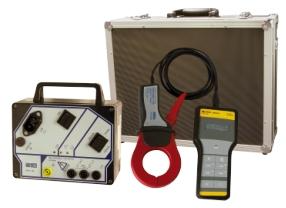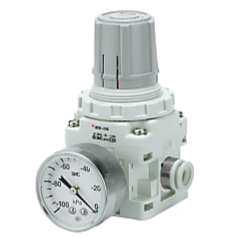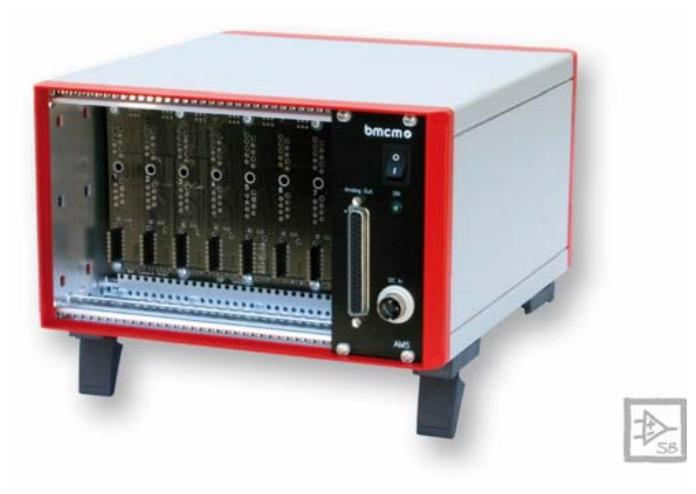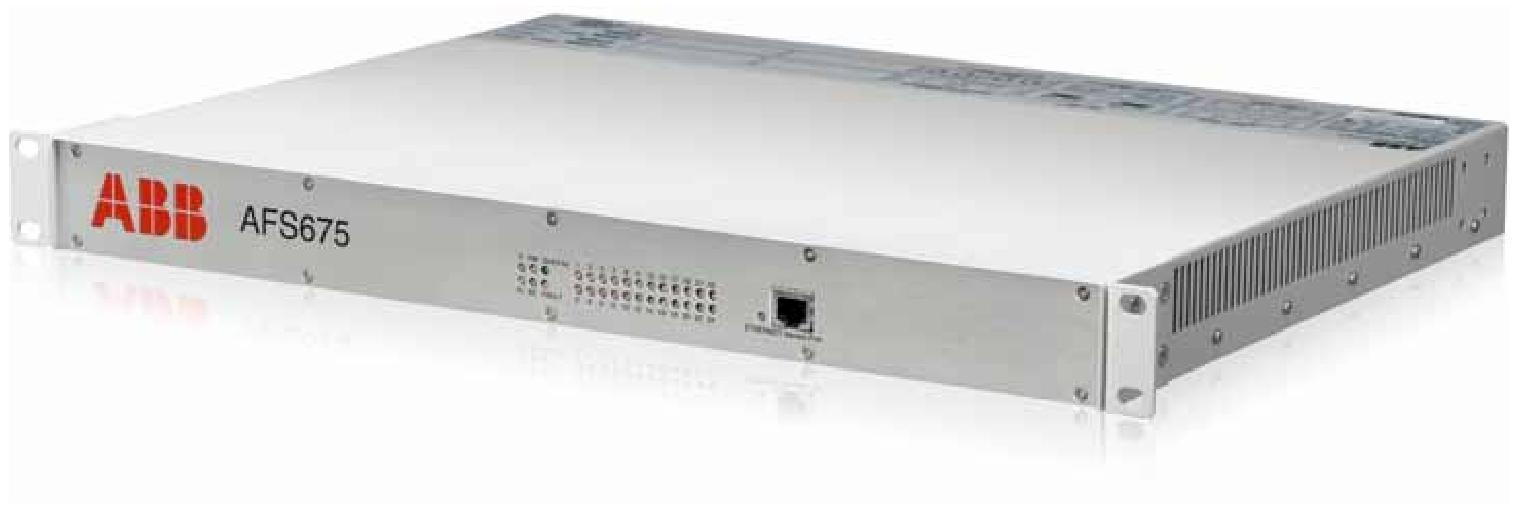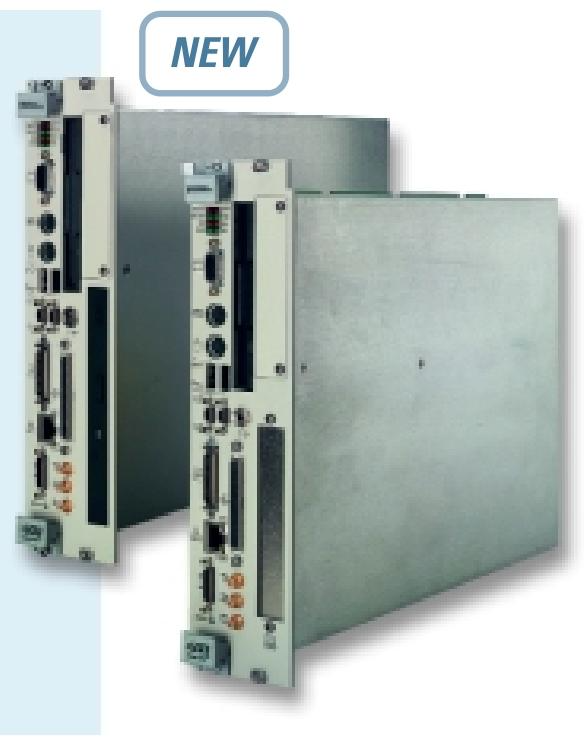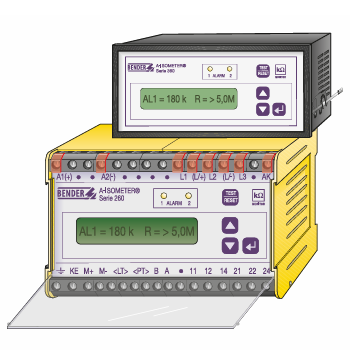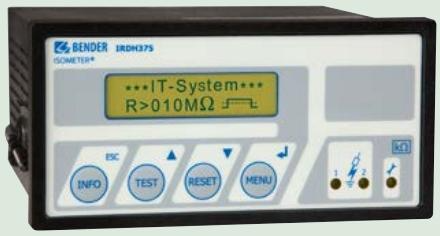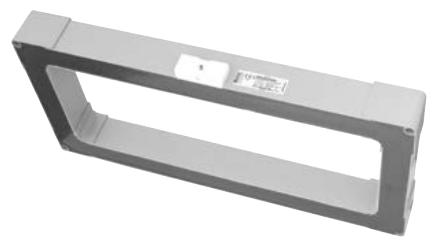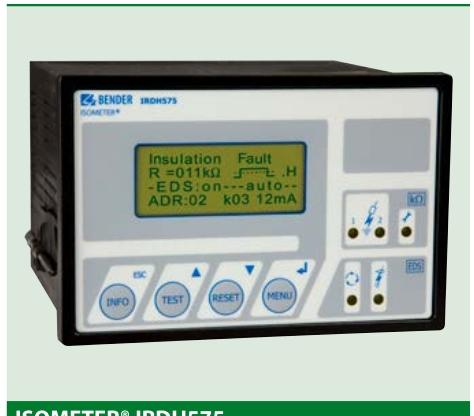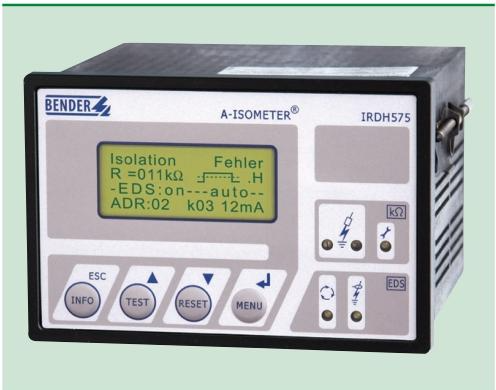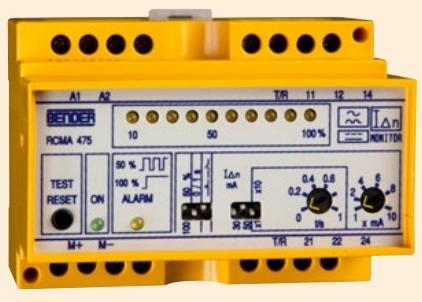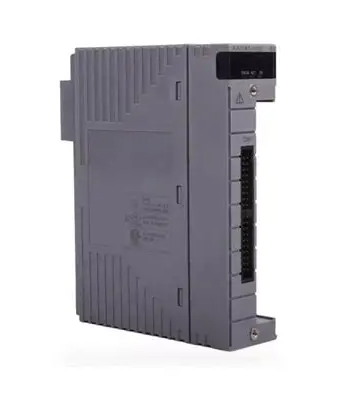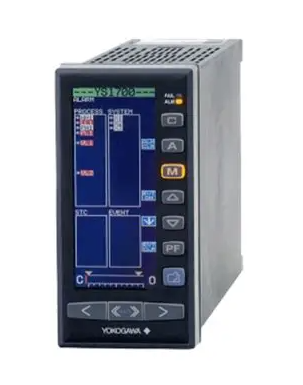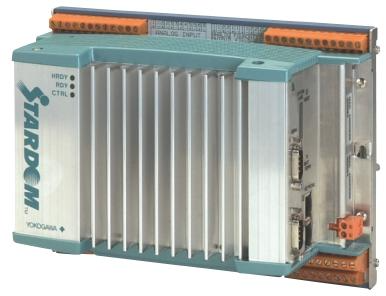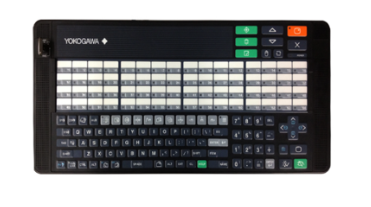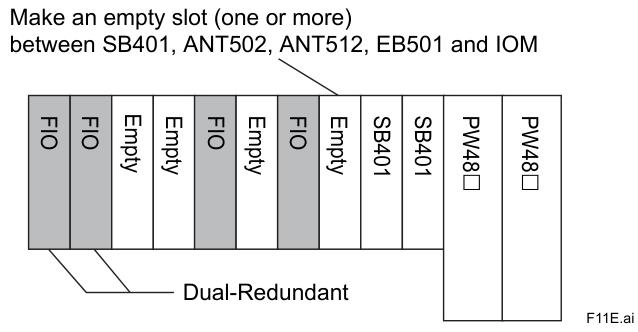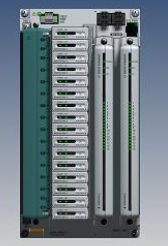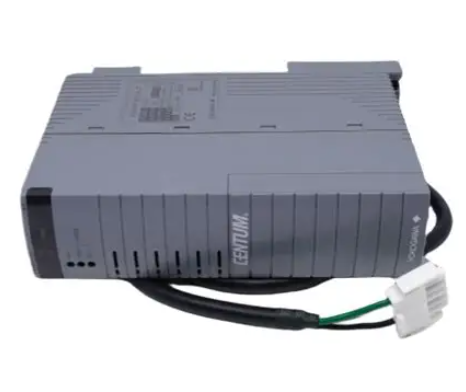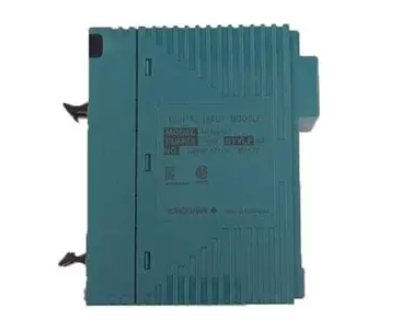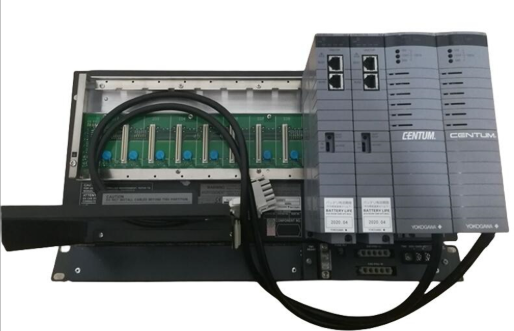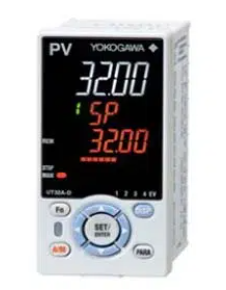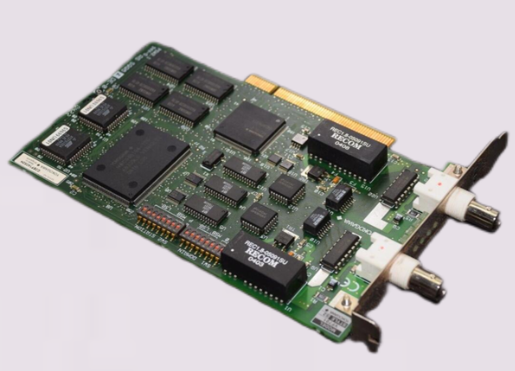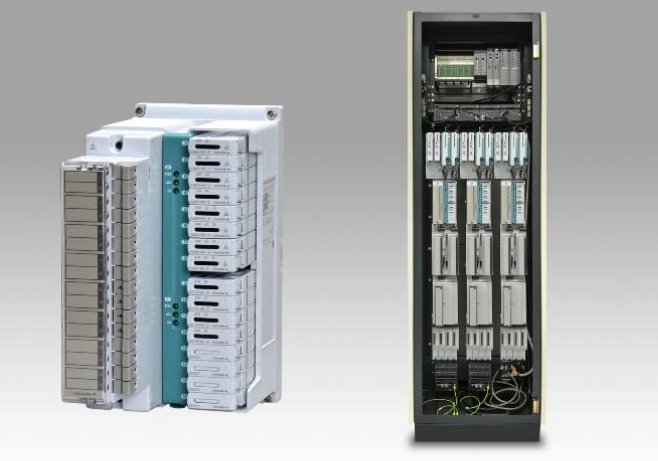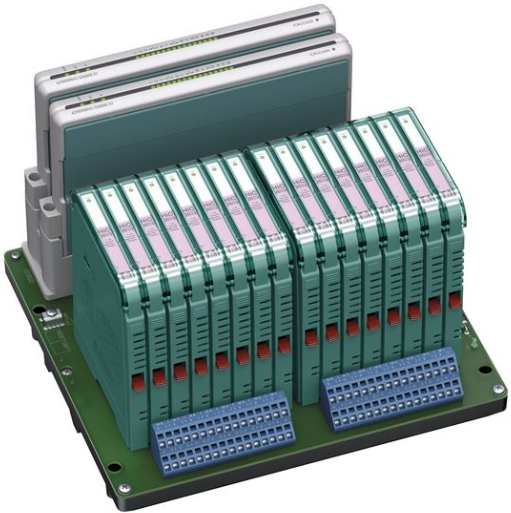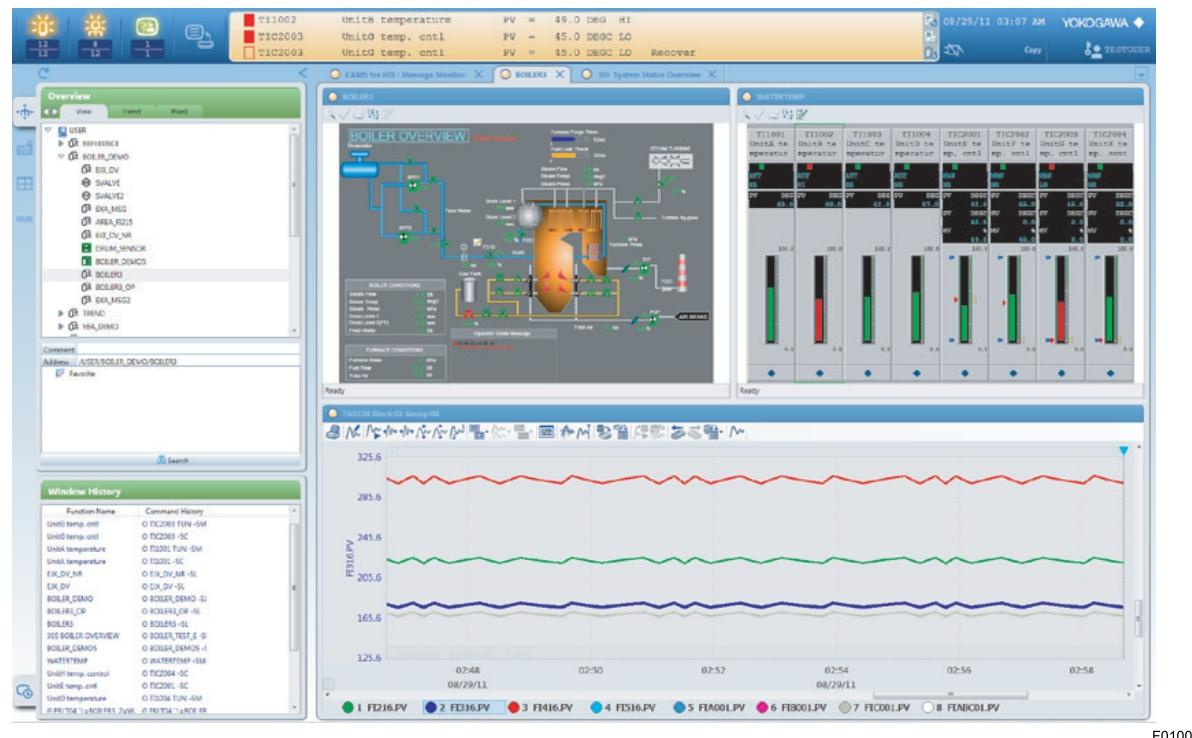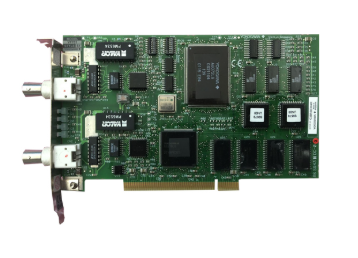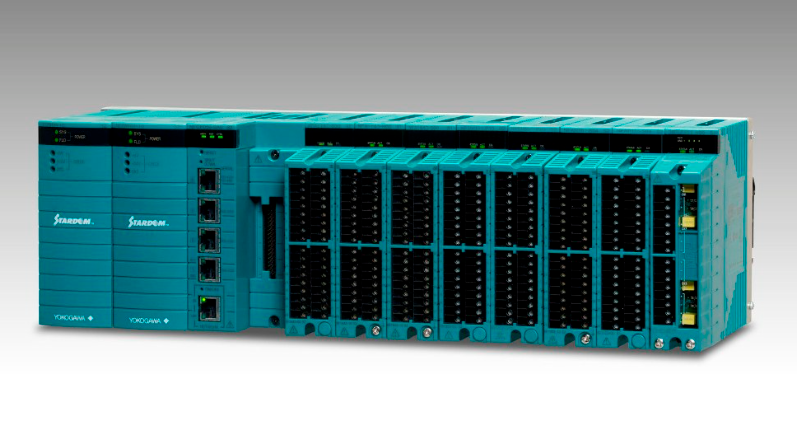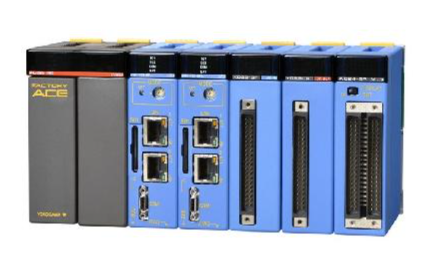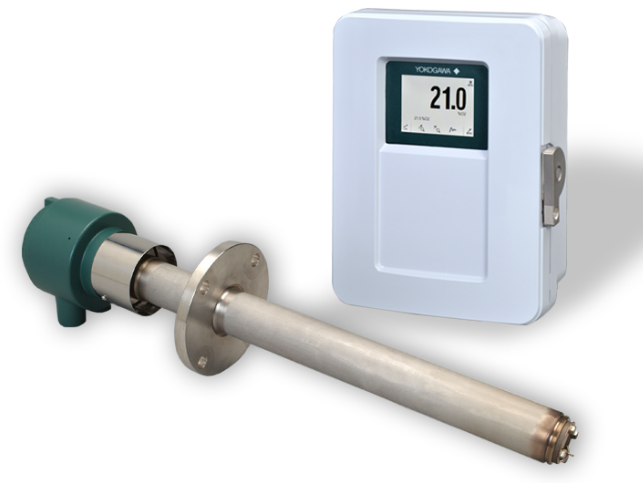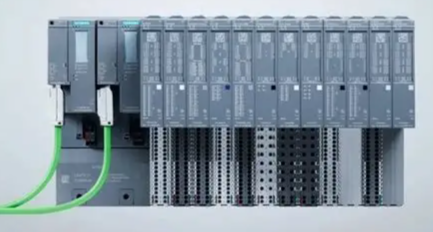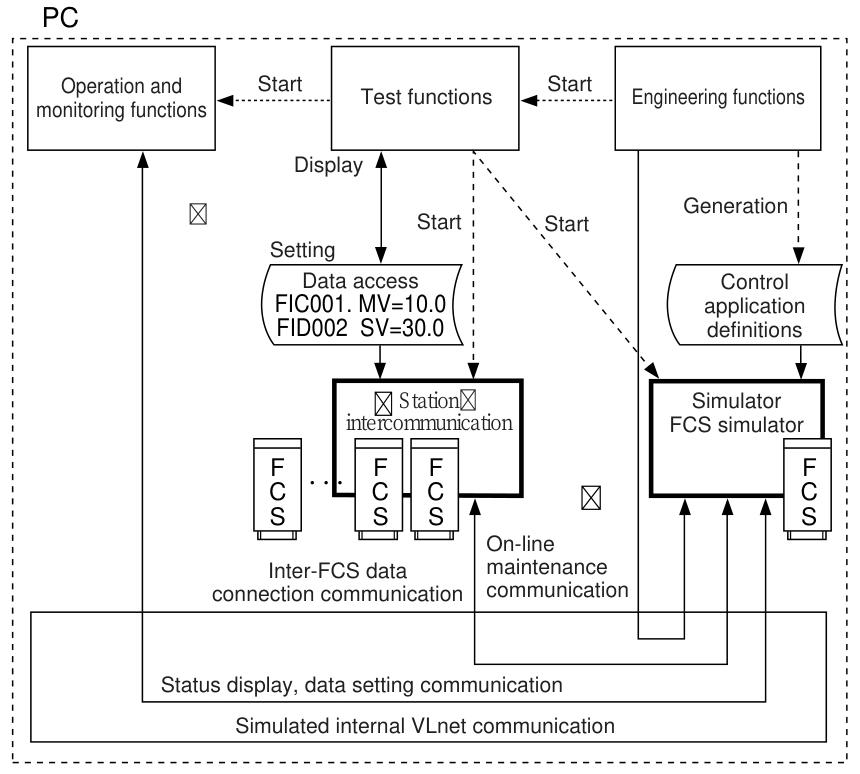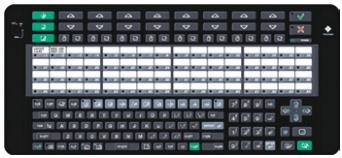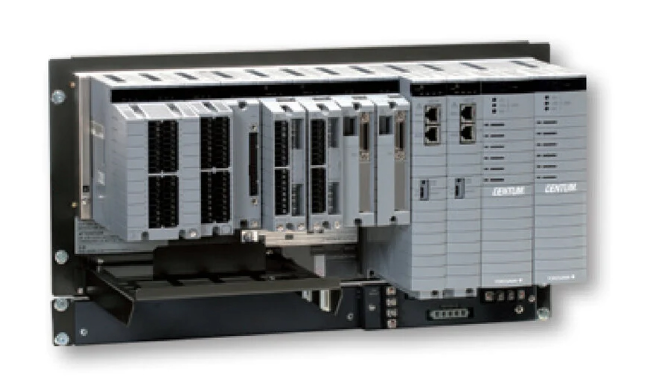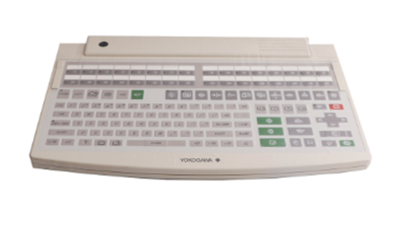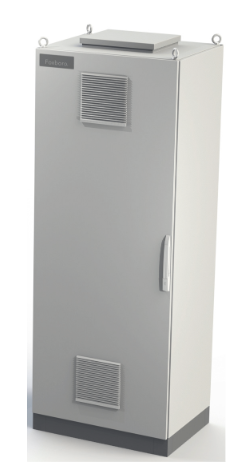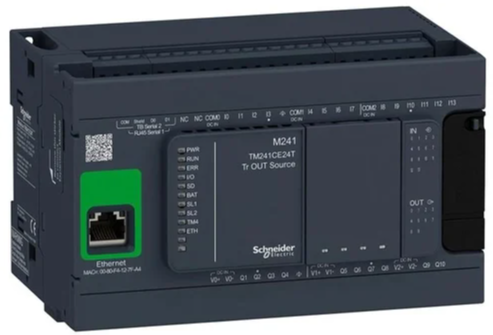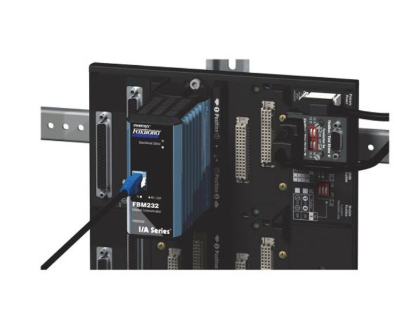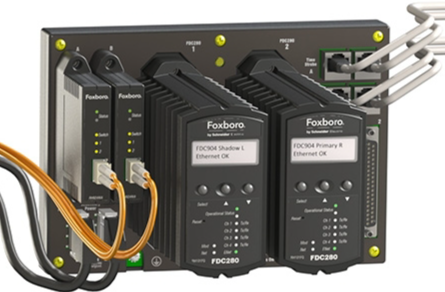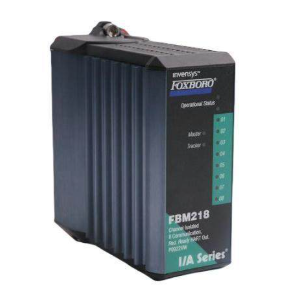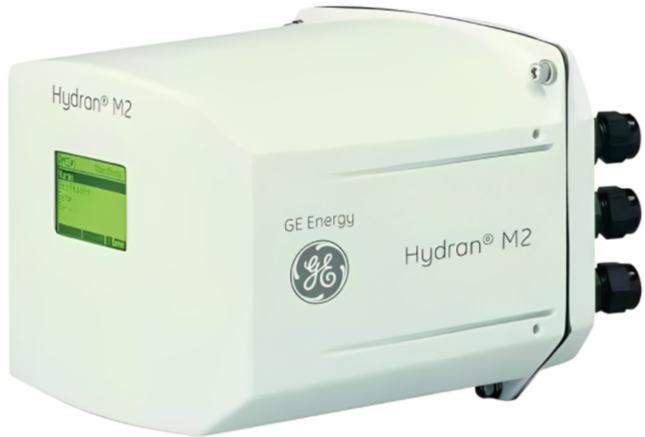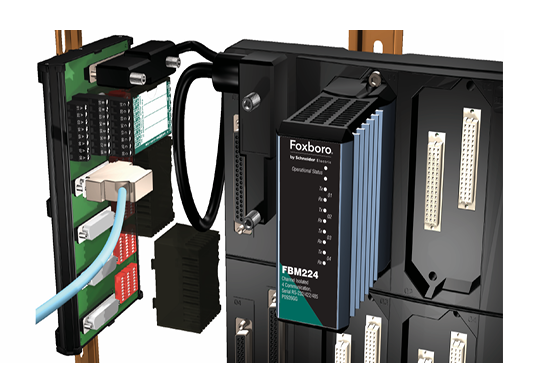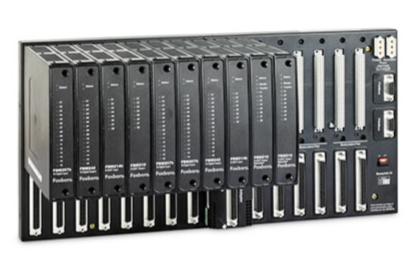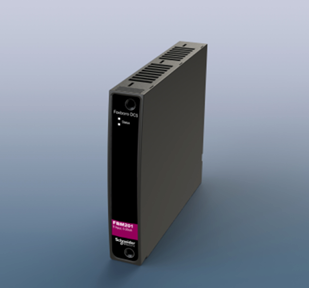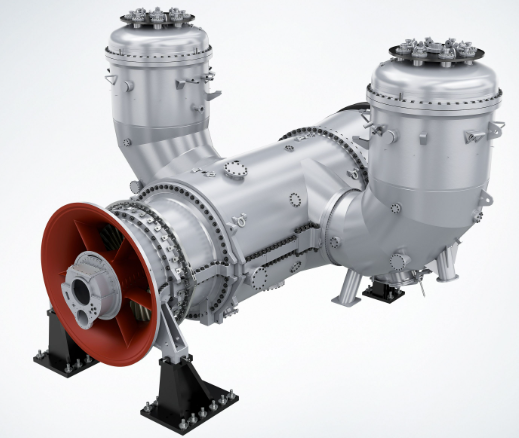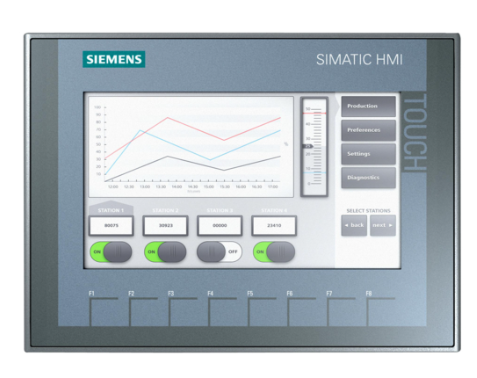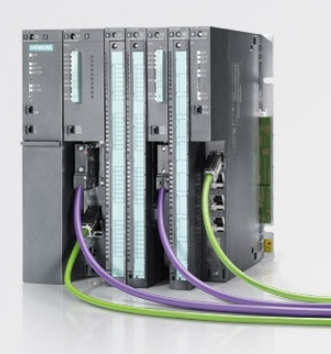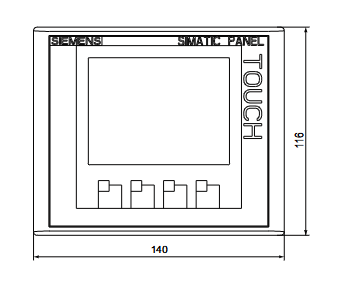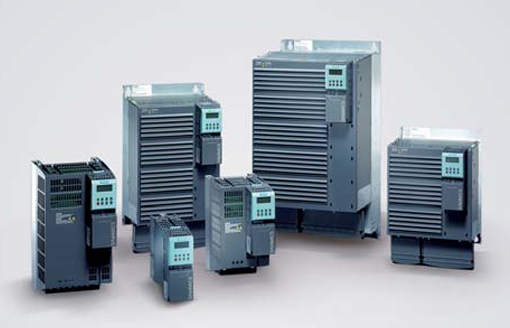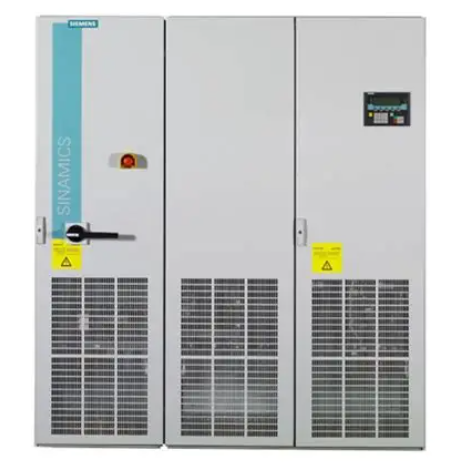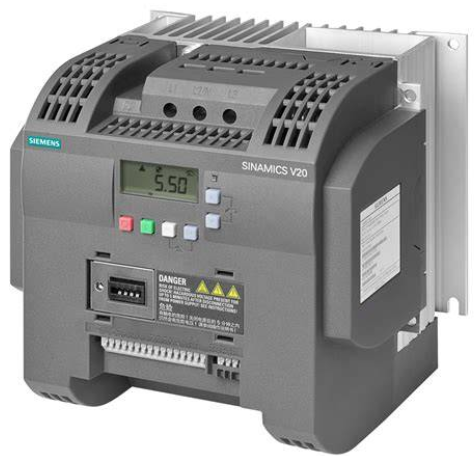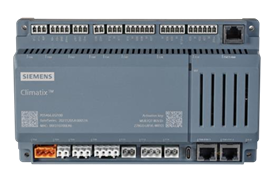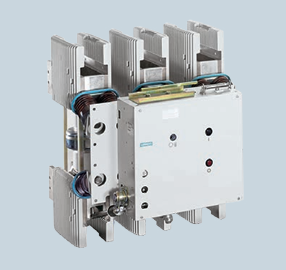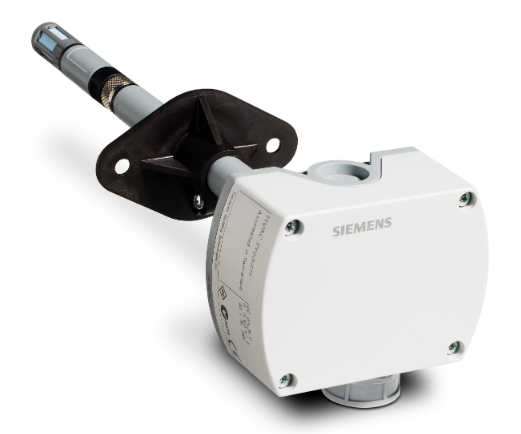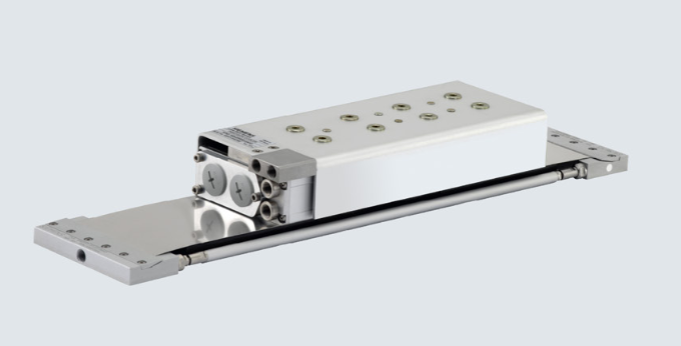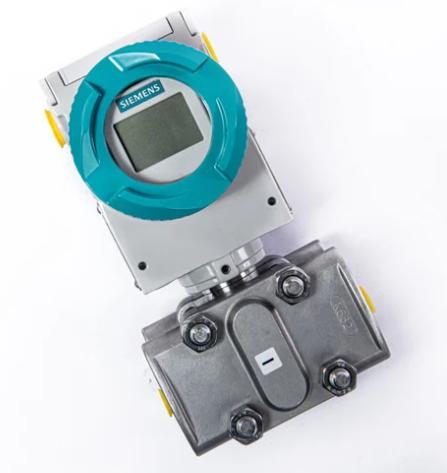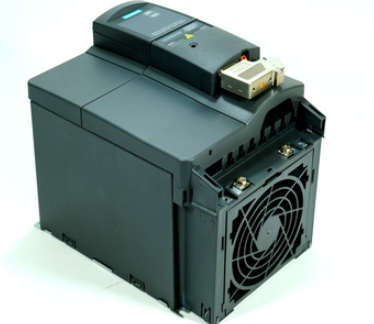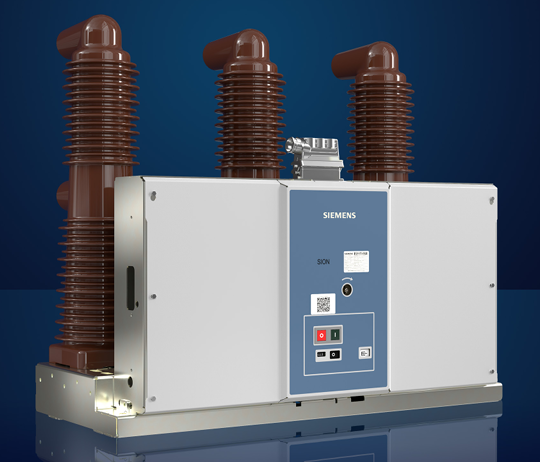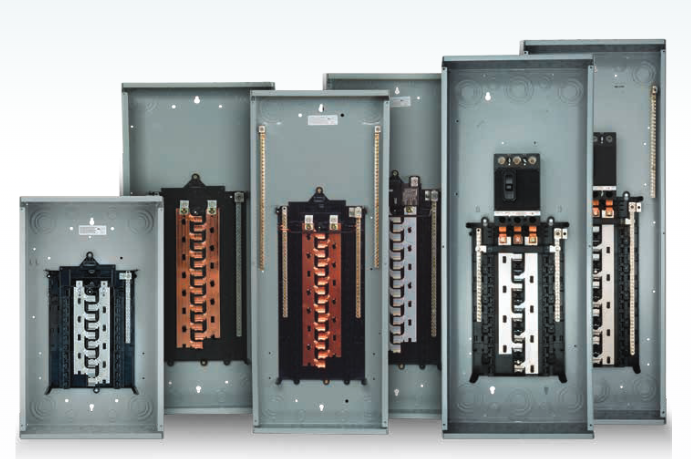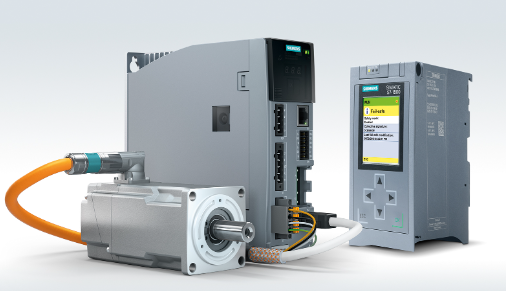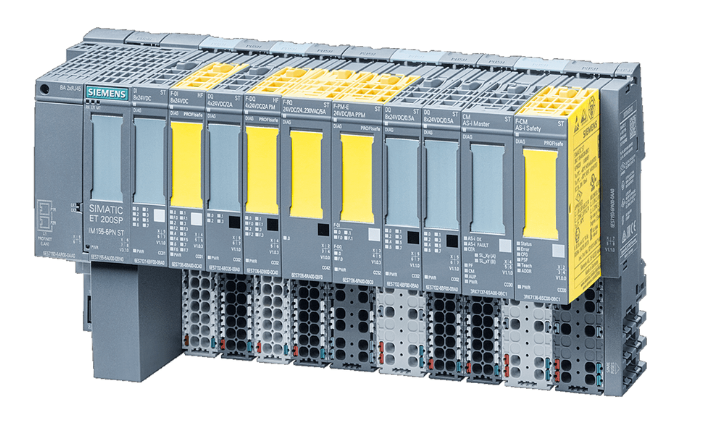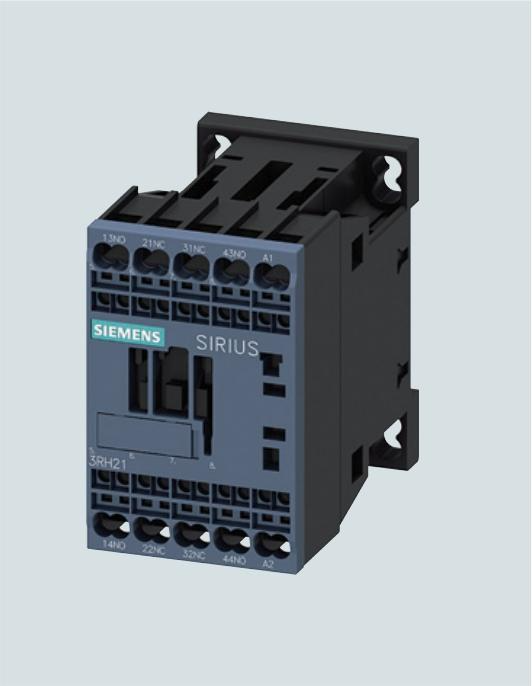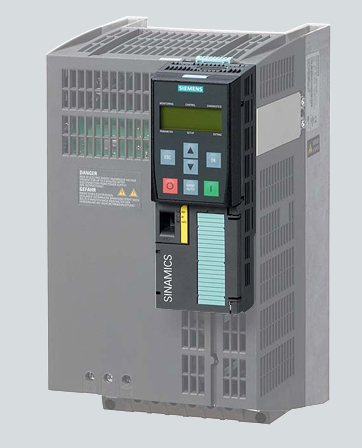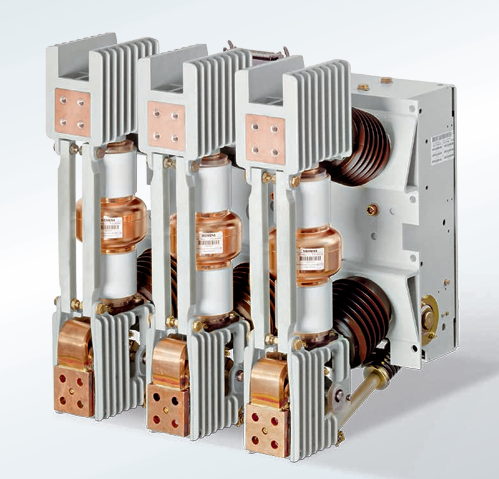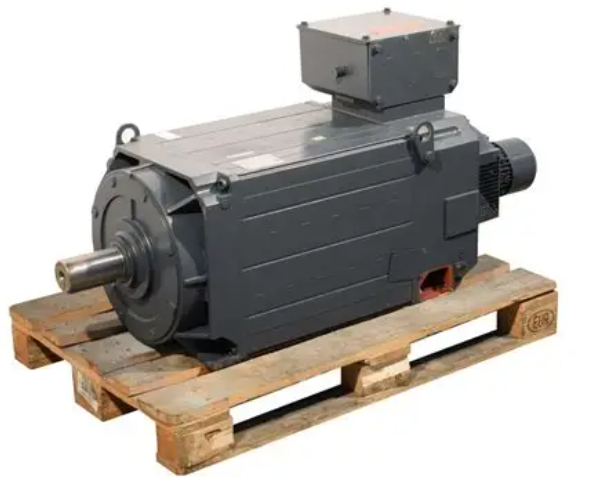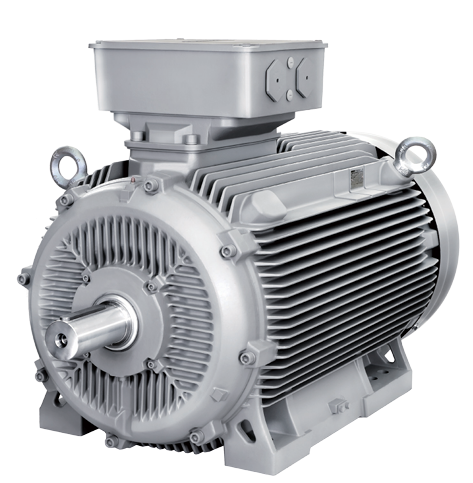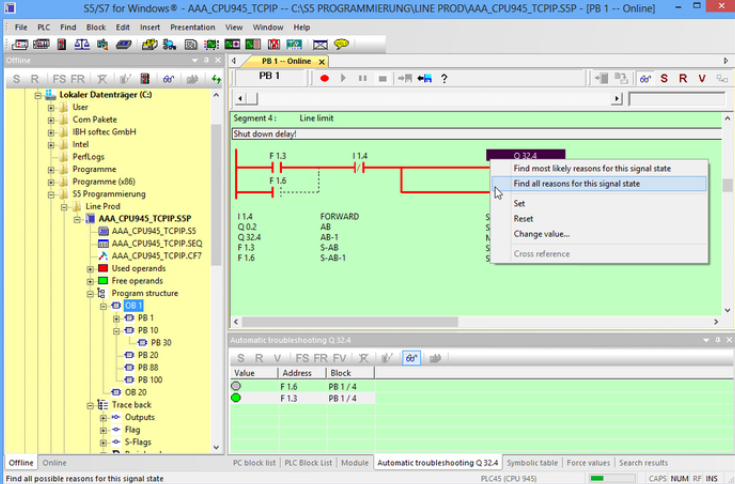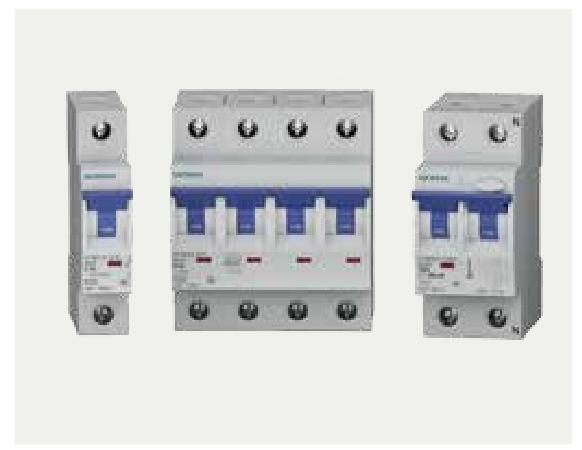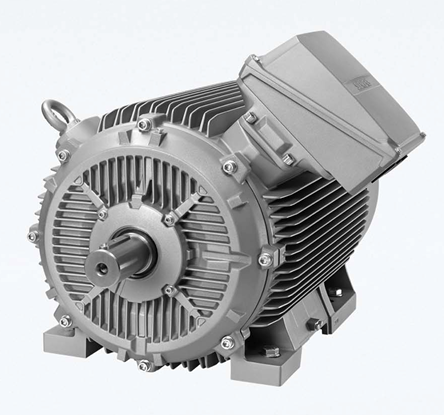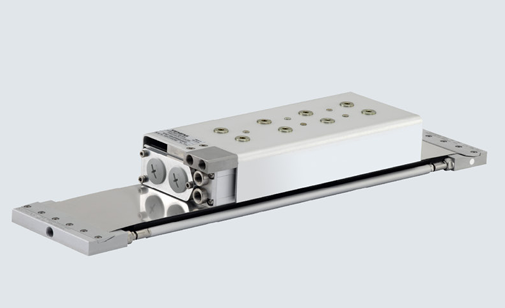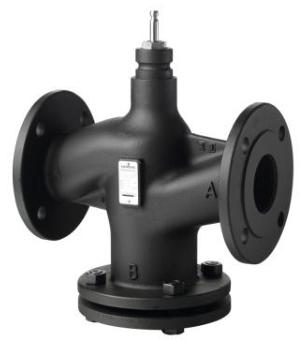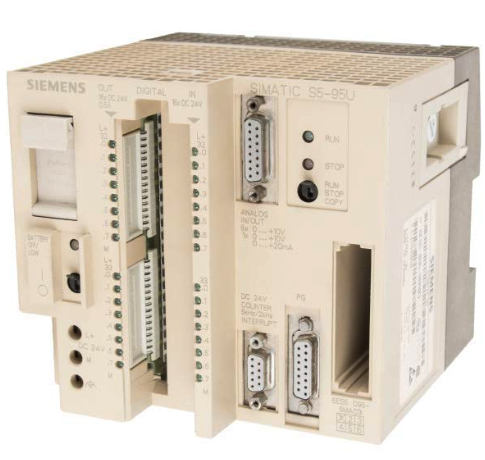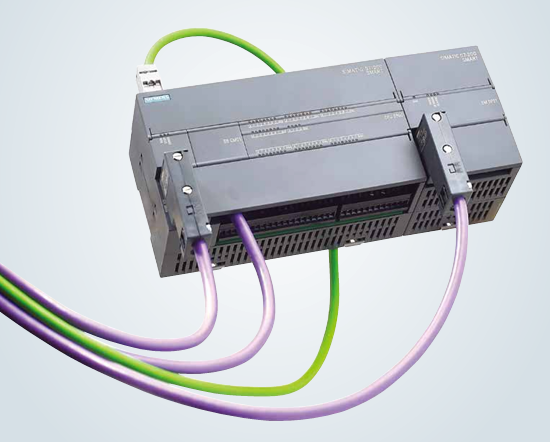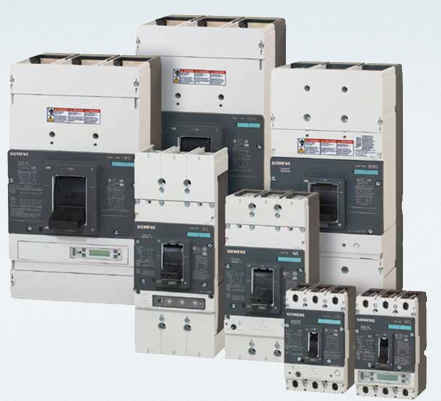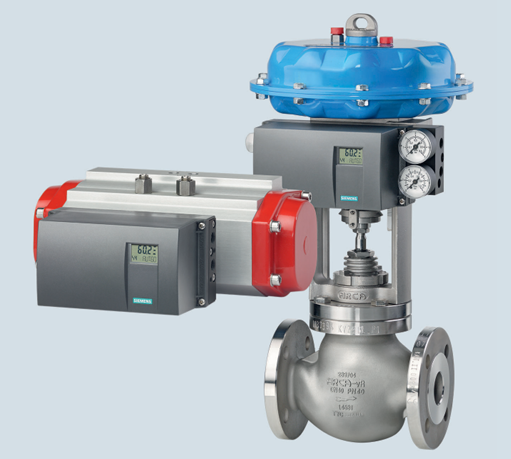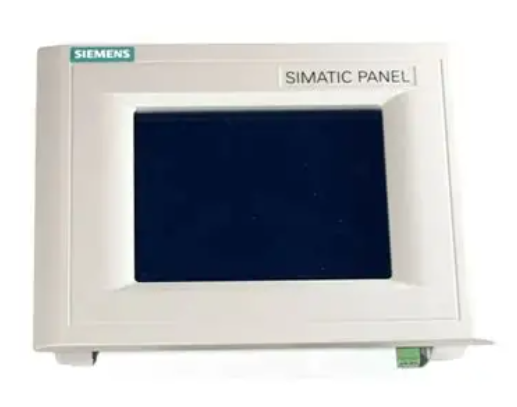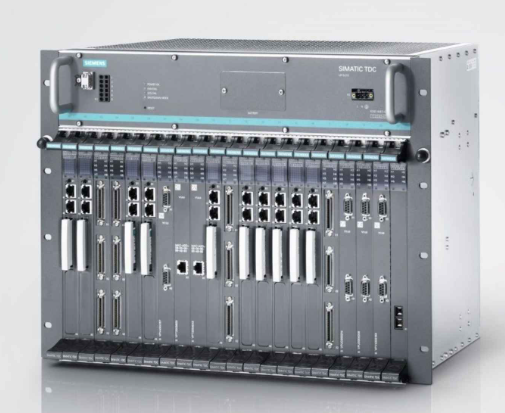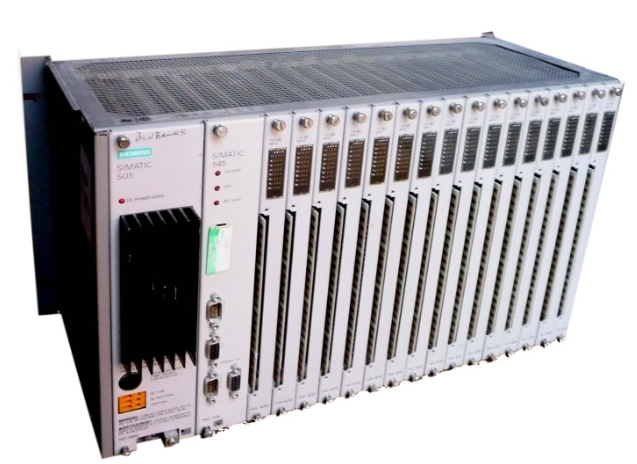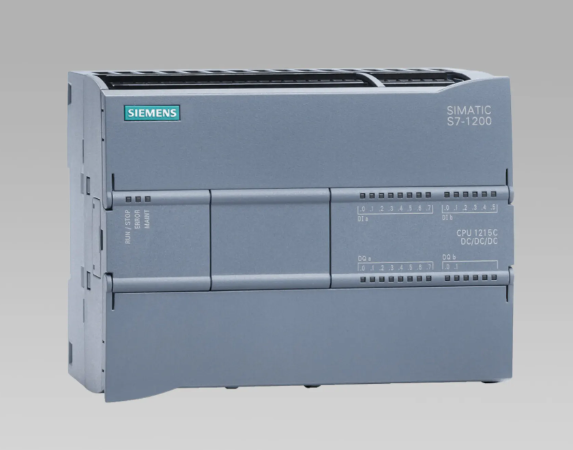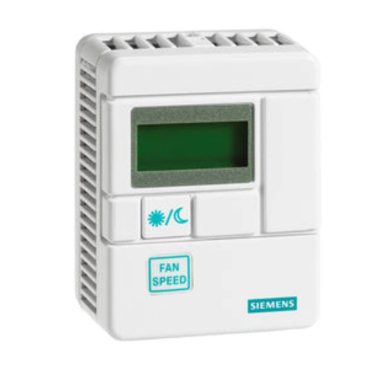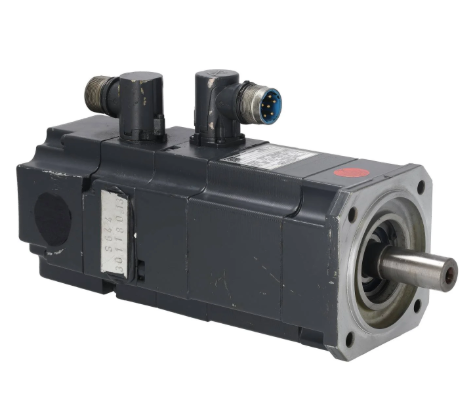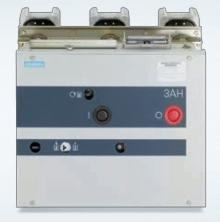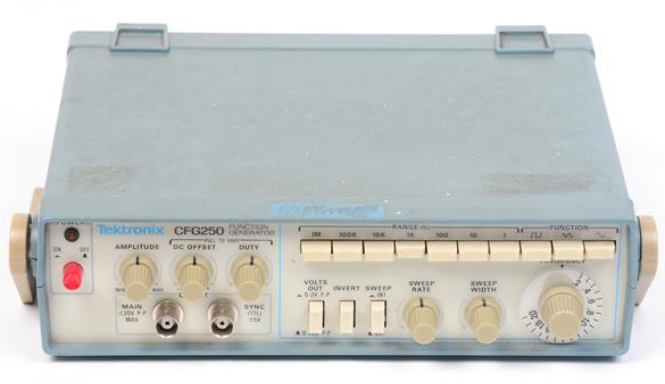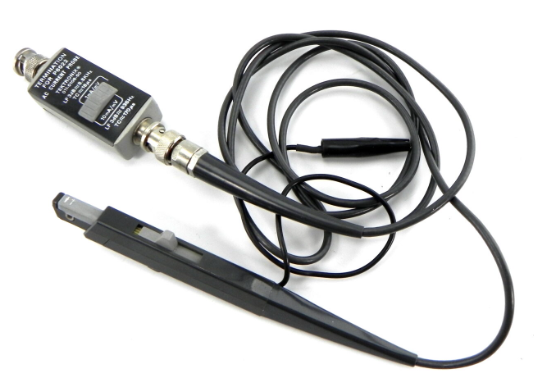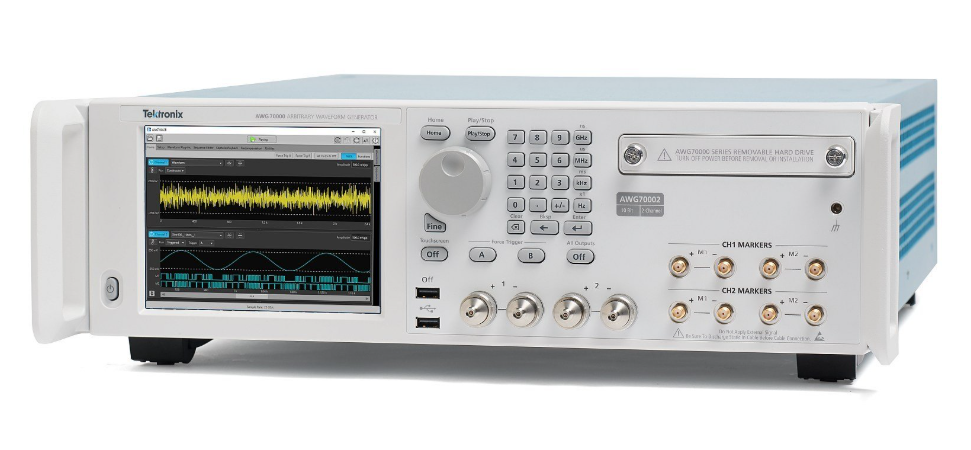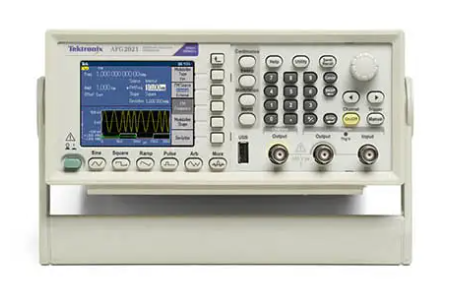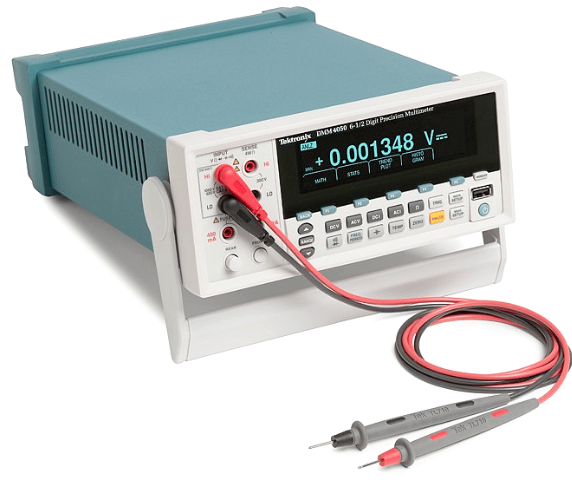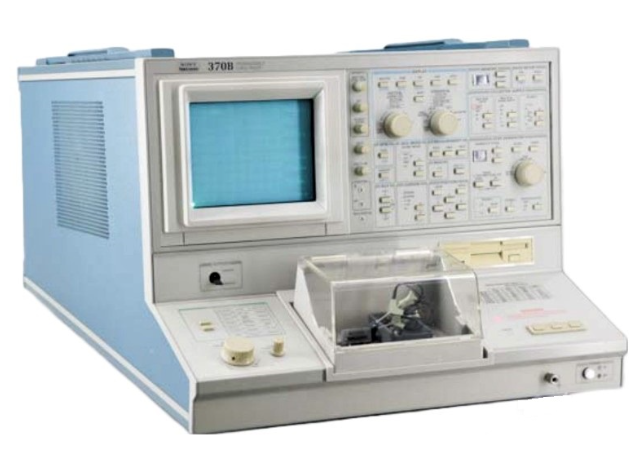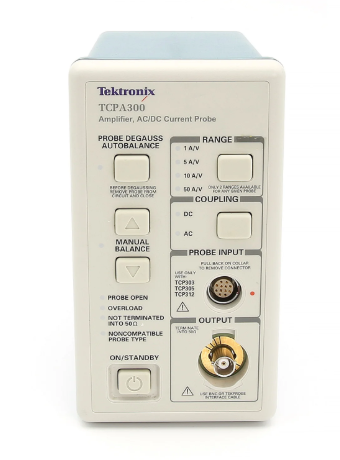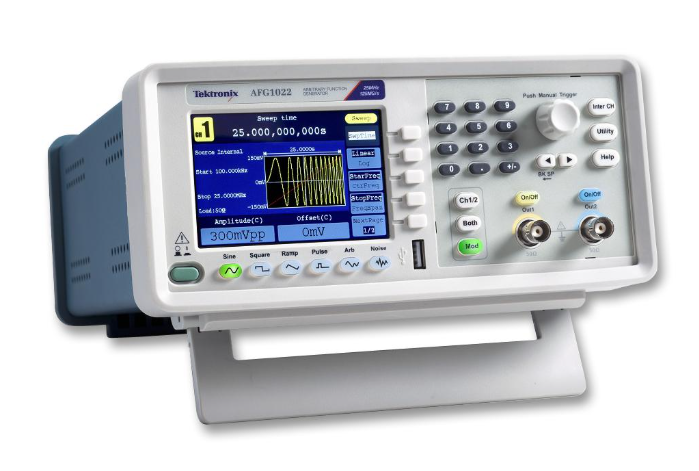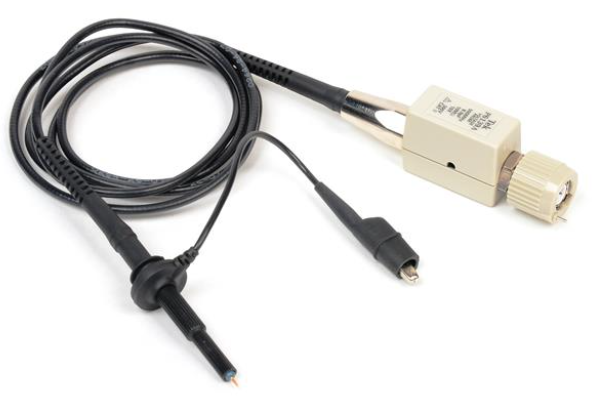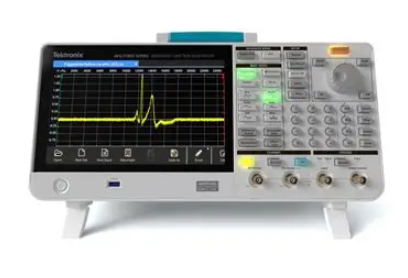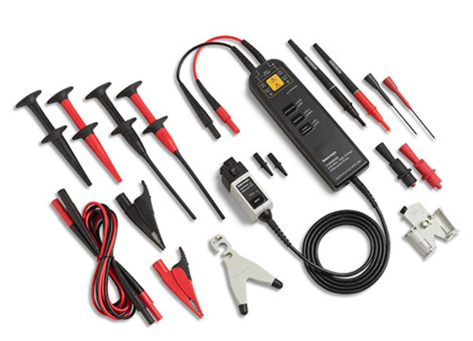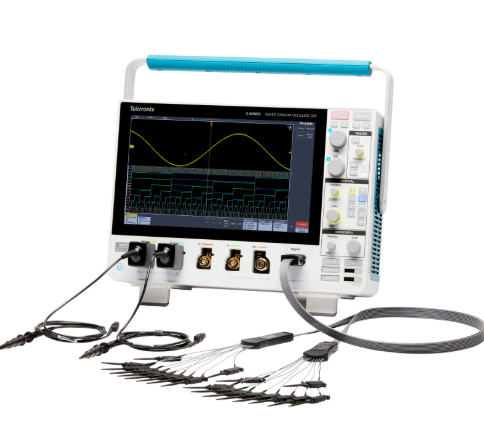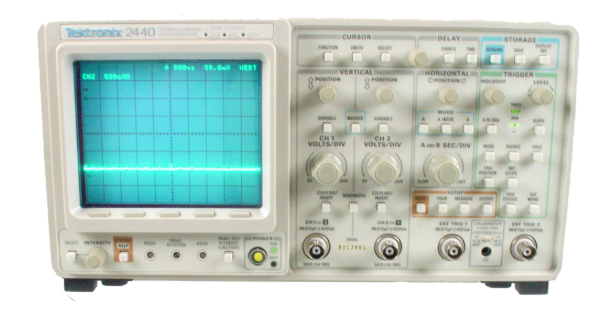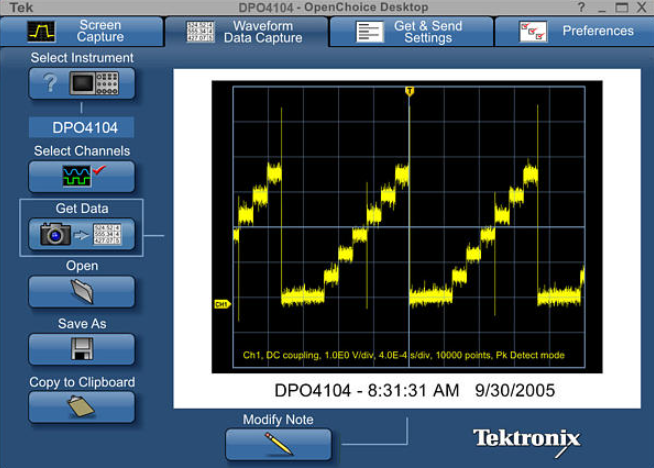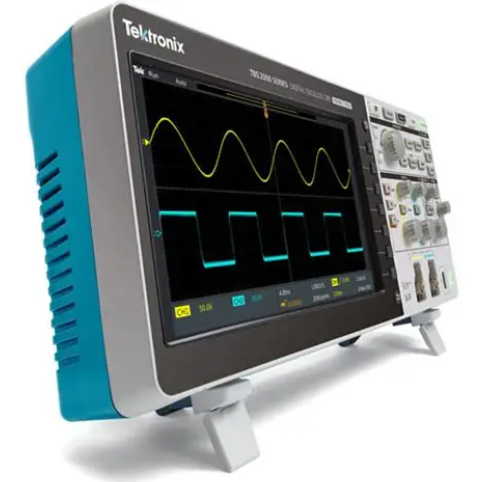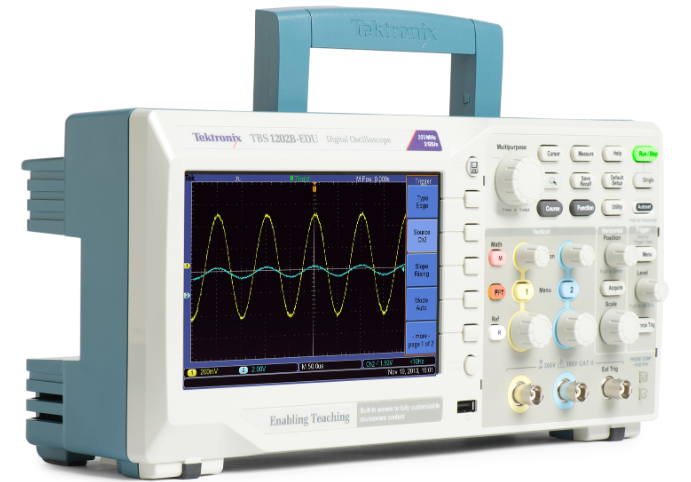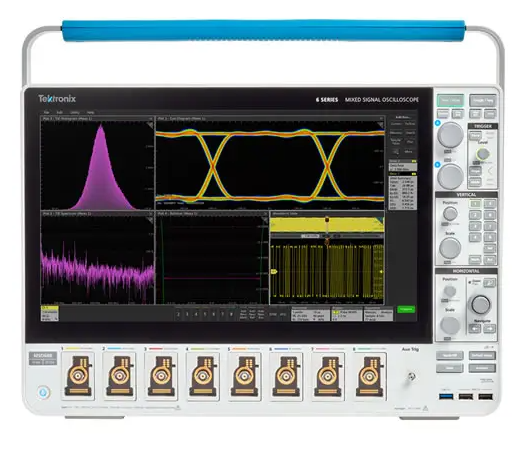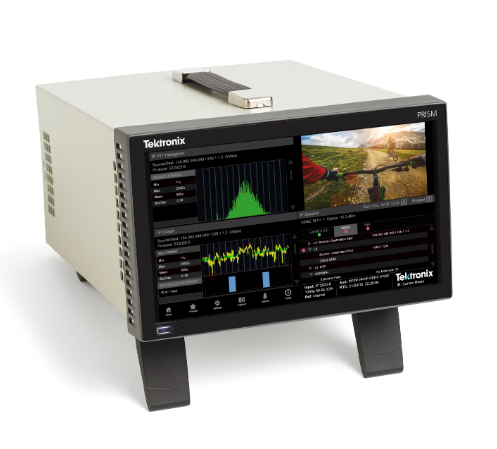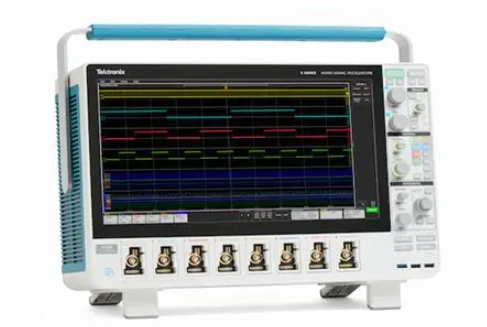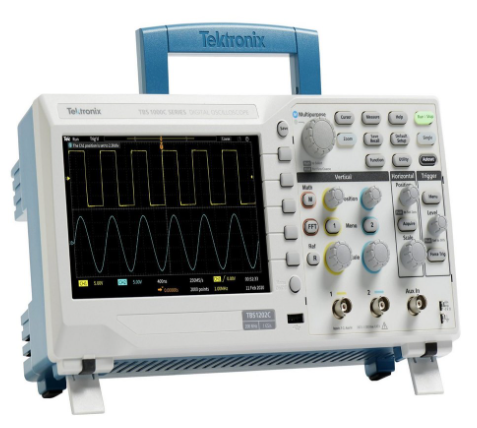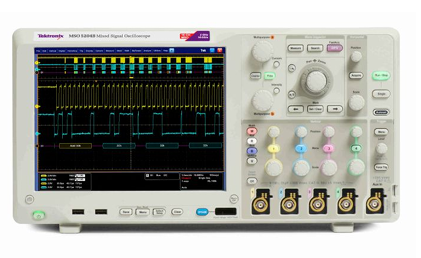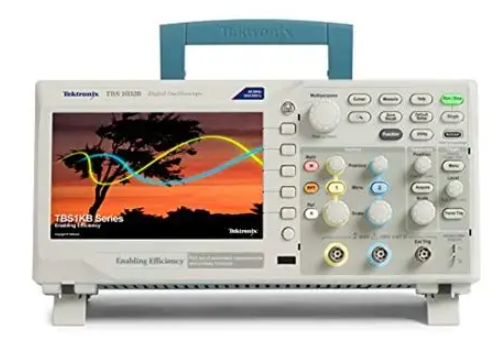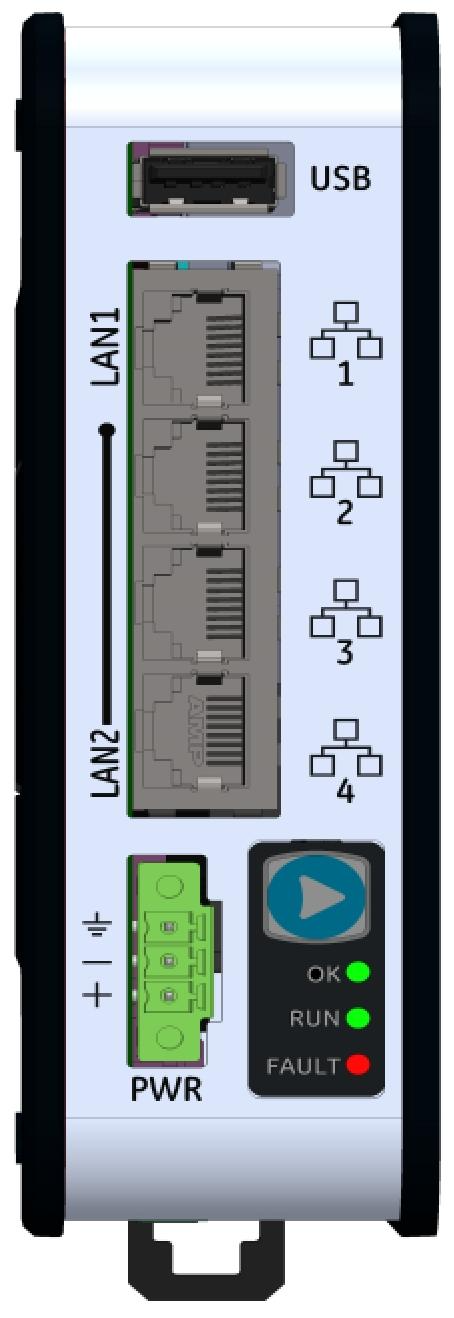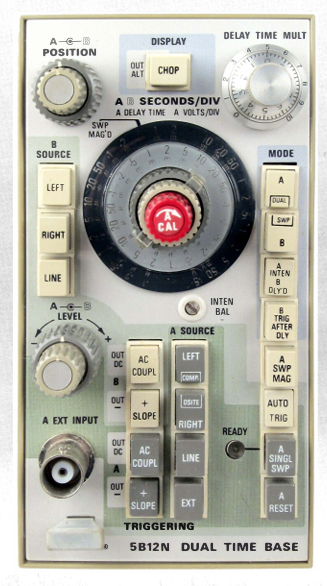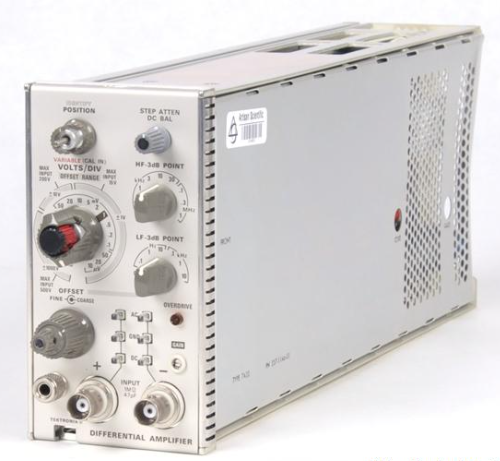

K-WANG
+086-15305925923
Service expert in industrial control field!
Product
Article
NameDescriptionContent
Adequate Inventory, Timely Service
pursuit of excellence


Ship control system
Equipment control system
Power monitoring system
Brand
Product parameters
- Telephone:+86-15305925923
- contacts:Mr.Wang
- Email:wang@kongjiangauto.com
Description
Digital Positioner for the
positioning of pneumatically
controlled final control elements.
ABB 07CR41 1SBP260020R1001 Expansion Module
2 Use in potentially explosive atmospheres ange from one to two columnsGeneral requirements
• The ABB positioner has been approved only for appropriate
and intended use in standard industrial atmospheres. Any
breach of this rule leads to a cancellation of warranty and
manufacturer's responsibility!
• Make sure that only devices which comply with the types of
protection relevant to the applicable zones and categories
are installed.
• All electric equipment has to be suited for the respective
intended use.
Commissioning, Installation
The ABB positioner has to be mounted in a major system.
Depending on the degrees of IP-protection, an interval for
cleaning the equipment (dust settlement) has to be defined.
Strict care has to be taken that only devices which comply with
the types of protection relevant to the applicable zones and
categories is installed. When installing the device, the locally
applicable installation regulations, such as EN 60079-14, must be
observed.
Other important facts to be observed:
• The electric circuits of the positioner must be put into
operation in all zones by persons qualified in accordance
with TRBS 1203. The details on the type label are
mandatory for doing this.
• The device has been designed in accordance with IP 65
(optionally IP 66) and must be protected accordingly
against adverse ambient conditions.
• The EC Type Examination Certificate has to be taken into
account, including any special conditions defined therein.
• The device may only be used in accordance with its
intended use.
• The device may only be connected when de-energized.
• The potential equalization of the system must be
established in accordance with installation regulations
applicable in the respective country (VDE 0100, part 540,
IEC 364-5-54).
• Circulating currents must not be guided through the
housing!
• Make sure that the housing is properly installed and that
its IP rating has not been compromised.
• In potentially explosive atmospheres, assembly may be
conducted only in compliance with locally applicable
installation regulations. The following conditions have to
be observed (incomplete):
- Assembly and maintenance may only be conducted if
there is no explosion hazard in the area and you have a
hot work permit.
- The TZIDC may be operated in a fully mounted and
intact housing only.
Notes for operation
• The positioner must be integrated in the local potential
equalization system.
• Only either intrinsically safe or non intrinsically safe circuits
may be connected. A combination is not permit - ted.
• If the positioner is operated with non intrinsically safe
circuits, later use for the intrinsic safety type of protection is
not permitted.
Use, operation
The TZIDC is approved for proper and intended use only. In case
of non-compliance, the warranty and manufacturer’s liability do
no longer apply!
• Only those auxiliary components which fulfill all the
requirements of European and national standards may be
used in potentially explosive atmospheres.
• The ambient conditions specified in the operating
instruction must be strictly followed.
• The TZIDC is approved for proper and intended use in
standard industrial atmospheres only. Where aggressive
substances are present in the air, the manufacturer has to be
consulted.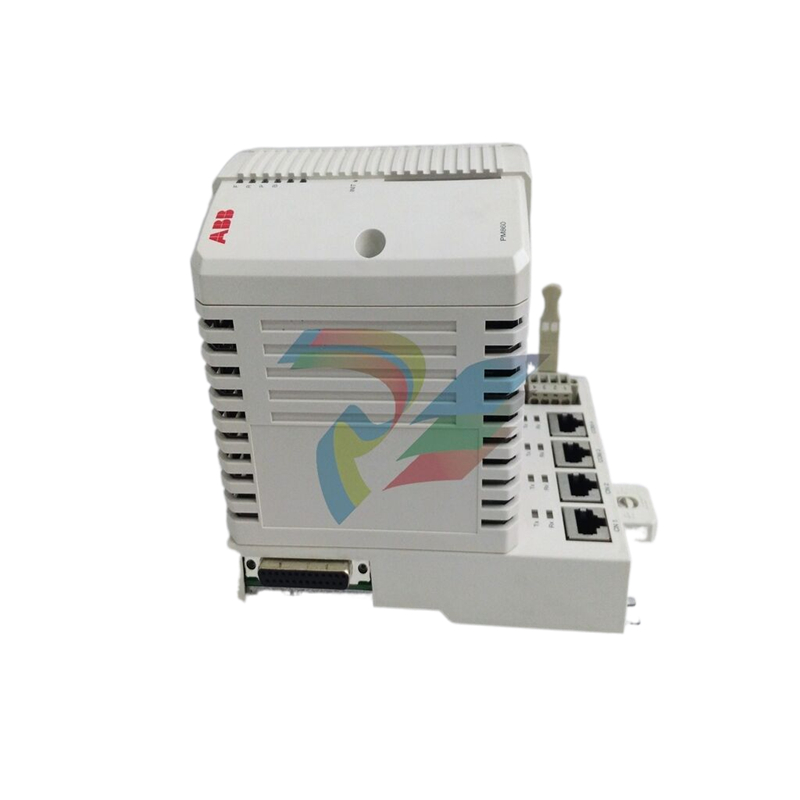
2 Use in potentially explosive atmospheres
Maintenance, repair
Definition of terms according to IEC 60079-17:
Maintenance
Defines a combination of actions performed to maintain or
restore the condition of an item such that the item meets the
requirements of the relevant specification and performs its
required functions.
I ¬Analyzer module without electronics module (power supply):
Defines an action which involves careful inspection of an item
(either without disassembly or with partial disassembly, as
required) supplemented by measurements, aimed at achieving a
reliable conclusion regarding the condition of the item.
Visual inspection
Defines an inspection which identifies defects which are visible
to the naked eye, such as missing screws, without the use of
access equipment and tools.
Close inspection
Defines an inspection which encompasses the aspects covered
by a visual inspection and in addition, identifies defects such as
loose screws, which can only be detected with the use of access
equipment (e.g. steps) and tools.
Detailed inspection
Defines an inspection which encompasses the aspects covered
by a close inspection and in addition, identifies defects, such as
loose connections, which can only be detected by opening the
housing and / or by using tools and test devices, as needed.
• Maintenance and exchange work may be conducted by
qualified specialists only, i.e., qualified personnel in
accordance with TRBS 1203 or similar.
• Only those auxiliary components which fulfill all the
requirements of European and national guidelines and
regulations may be used in potentially explosive
atmospheres.
• Maintenance works that require disassembly of the system
may only be performed in non-hazardous areas. If that is not
possible, however, the usual precautions have to be ensured
according to local regulations.
• Components may only be replaced by original spare parts
which are therefore approved for use in potentially explosive
atmospheres.
• The device must be regularly cleaned when used in
potentially explosive atmospheres. The intervals must be
defined by the operator in compliance with the ambient
conditions present at the operating location.
• After all maintenance and repair work has been completed,
any barriers and plates removed for that purpose must be
put back in their original place.
• The flameproof joints differ from the tables of IEC 60079-1
and may be repaired by the manufacturer only.
Purchase history
| User name | Member Level | Quantity | Specification | Purchase Date |
|---|
Total 0 Record
Related products
Customer Reviews
Satisfaction :
5 Stars
No evaluation information





